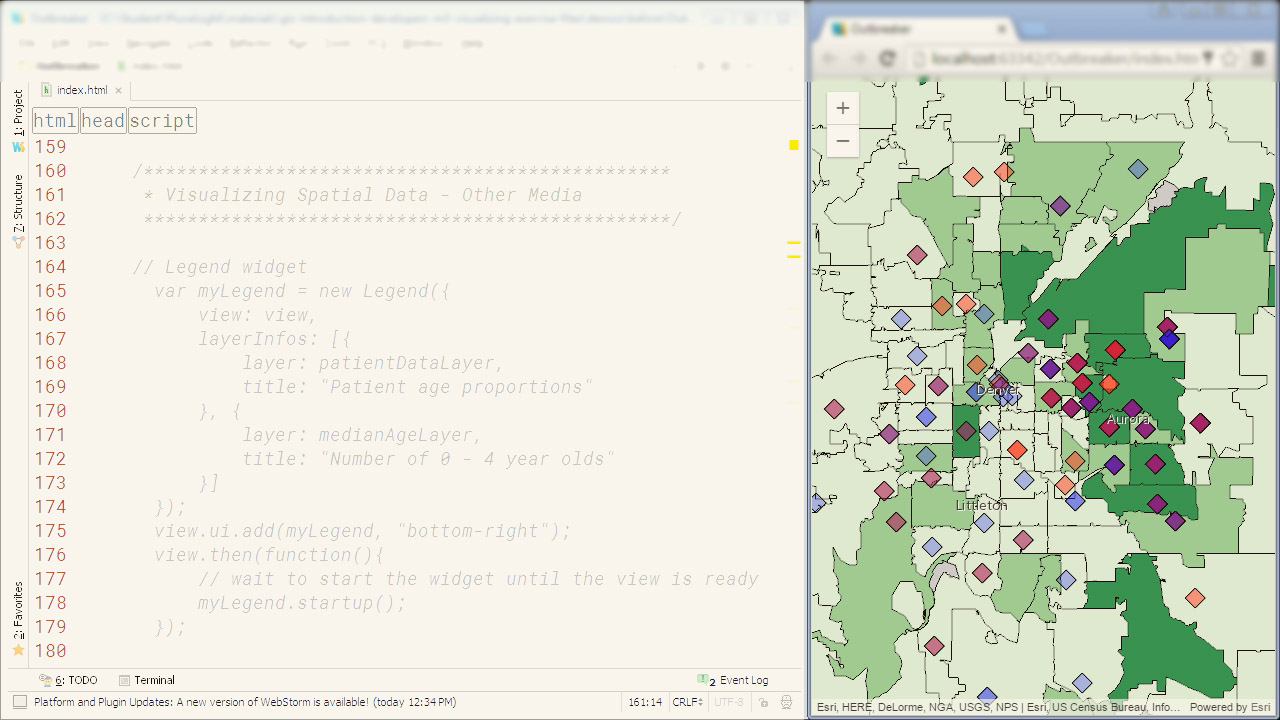Description
In this course, you will learn:
- How to get QGIS up and running on your computer and create both 2D and 3D maps with vector and raster data.
- How to stylize maps, get more insights from data with overlays and heat maps, and publish results with powerful Python-driven plugins for QGIS.
Syllabus:
- Introduction
- Exploring the powerful world of QGIS
1. Understanding and Installing QGIS
- Installing QGIS
- Understanding the types of QGIS installs
- Overview of QGIS features, part 1
- Overview of QGIS features, part 2
2. Vector Data with QGIS
- Types of vector data in QGIS
- Add shapefiles to QGIS
- Add WFS data to QGIS
3. Raster Data with QGIS
- Types of raster data in QGIS
- Add ECW data
- Add WMS data
- Add DEM data
- Creating contour lines from DEM
4. 3D Maps
- Creating 3D maps
- 3D configuration and elevation
- 3D animations
5. Styling Data
- Point layers
- Polyline layers
- Polygon layers
- Thematic layers, part 1
- Thematic layers, part 2
6. Labeling Features
- Label vector data, part 1
- Label vector data, part 2
7. Changing Default Properties
- Project properties, part 1
- Project properties, part 2
8. Printing with Print Layout
- Adding maps
- Adding elements
9. Creating New Data
- Creating new vector vata
- Exporting layers to shapefiles
- Editing existing data
- 10. Using Advanced Tools
- Overlay two vector layers
11. Using Plugins
- Adding and using Street View plugin
- Adding and using qgis2web plugin
12. Python in QGIS
- Using the Python Console
- Create a Python script









